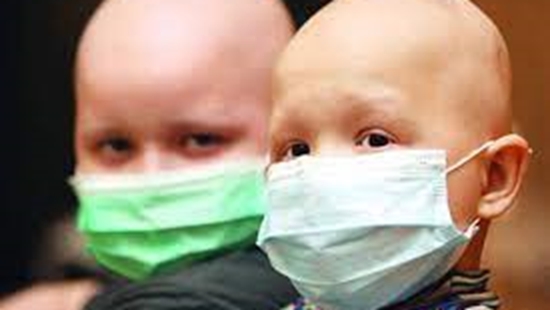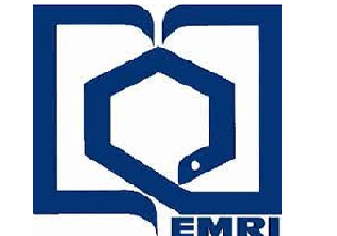The burden of childhood and adolescent cancers in North Africa and the Middle East (NAME) region: findings from the Global Burden of Disease study 2019
Despite the significant burden of childhood and adolescent cancers, no specific studies recently discussed the burden of cancer in this group in the North Africa and the Middle East (NAME) region. Therefore, we aimed to study the burden of cancers in this group in this region.

Introduction
Despite the significant burden of childhood and adolescent cancers, no specific studies recently discussed the burden of cancer in this group in the North Africa and the Middle East (NAME) region. Therefore, we aimed to study the burden of cancers in this group in this region.
Materials and methods
We retrieved the Global Burden of Disease (GBD) data for children and adolescent cancers (0–19 years old) in the NAME region from 1990 to 2019. 21 types of neoplasms were grouped as “neoplasms”, comprising 19 specific cancer groups as well as “other malignant neoplasms” and “other neoplasms”. Three significant parameters of incidence, deaths, and Disability-Adjusted Life Years (DALYs) were studied. The data are presented with 95% uncertainty intervals (UI), and reported rates per 100,000.
Results
In 2019, almost 6 million (95% UI: 4.166 M–8.405 M) new cases and 11,560(9770-13,578) deaths due to neoplasms occurred in the NAME region. Incidence was higher in females (3.4 M), while deaths (6226 of overall 11,560) and DALYs (501,118 of overall 933,885) were estimated as higher in males. Incidence rates did not significantly change since 1990, while deaths and DALYs rates declined significantly. After excluding “other malignant neoplasms” and “other neoplasms”, leukemia was responsible for the highest number of incidence and deaths (incidence: 10,629(8237-13,081), deaths: 4053(3135-5013), followed by brain and central nervous system cancers (incidence: 5897(4192-7134), deaths: 2446(1761-2960)), and non-Hodgkin lymphoma (incidence: 2741 (2237-3392), deaths: 790(645–962)). Incidence rates of neoplasms were similar for most countries, but countries varied more in terms of death rates. Afghanistan 8.9(6.5–11.9), Sudan 6.4(4.5–8.6), and the Syrian Arab Republic 5.6(4.3–8.3) had the highest overall death rates.
Conclusion
The NAME region is observing relatively constant incidence rates and a decreasing pattern in the deaths and DALYs. Despite this success, several countries are lagging behind in development. Different issues such as economic problems, armed conflicts and political instabilities, lack of equipment or experienced staff or poor distribution, stigmatization and disbelief in the healthcare systems account for unfavorable numbers in some countries. Such problems require urgent solutions as new sophisticated and personalized cares raise the alarm for even more inequalities between high and low-income countries.





ارسال نظر